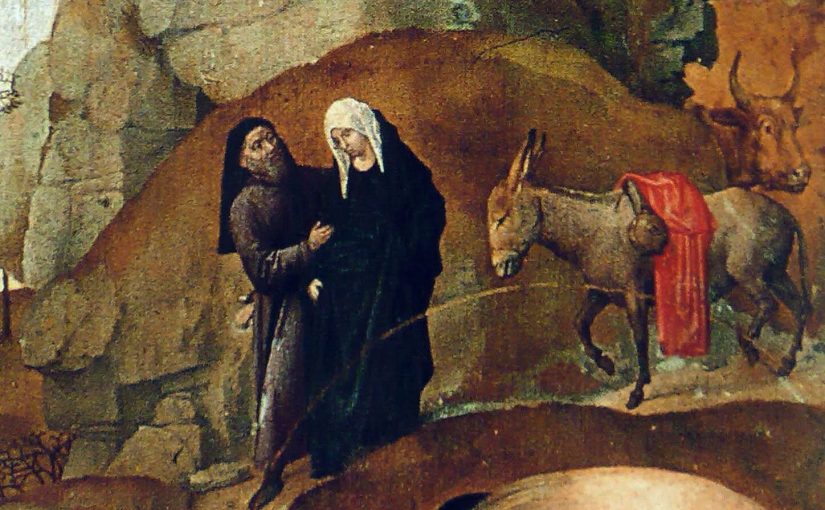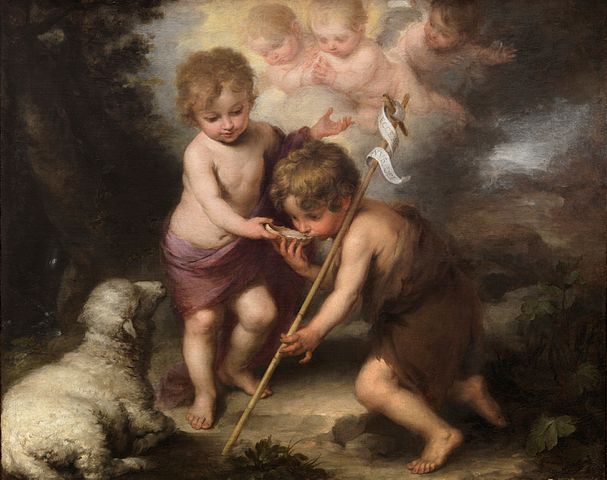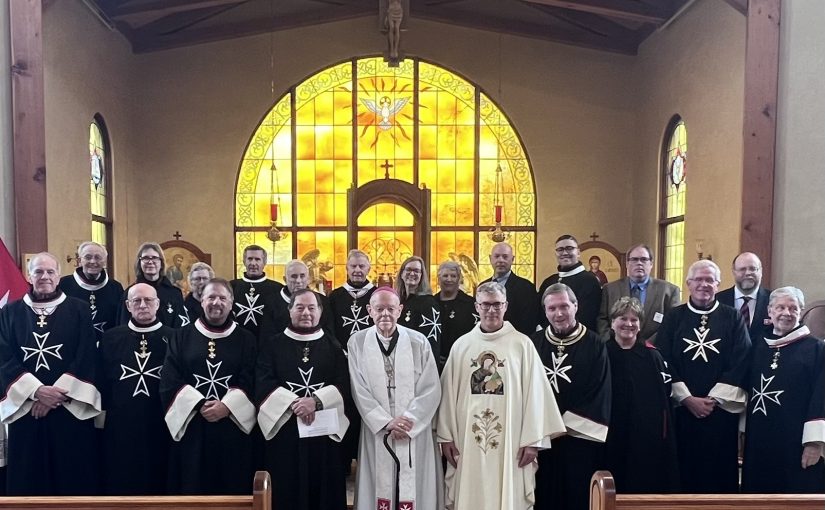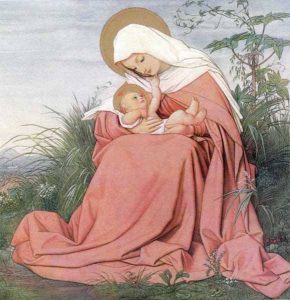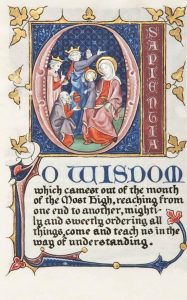Today in the Latin Church we have the 4th Sunday of Advent where it is read that the Joseph chosen as the spouse of Mary realizes his vocation to protect his bride and soon to be born child. No small feat given the context of the manifestation of the announcement of salvation and the marriage of two brought together by an angel. Imagine! The result was that Joseph “did as the angel of the Lord had commanded him and took his wife into his home.” He was noble; just, holy and a protector. Several years Pope Francis reflected on this passage by noting Joseph as protector. The Pope said,
“Joseph is a ‘protector’ because he is able to hear God’s voice and be guided by his will. The vocation of being a “protector” means protecting people, showing loving concern for each and every person, especially children, the elderly, those in need, who are often the last we think about. It means caring for one another in our families: husbands and wives first protect one another, and then, as parents, they care for their children, and children themselves, in time, protect their parents.”
One step further, how Joseph understand the events at hand? He shows compassion. We presume Jospeh as a good man, and with God’s grace Joseph changes his will to follow God’s will. He overcame his concupiscence.
As disciples of the Lord today, and as members of the Order of Malta we have a vocation to protect the Catholic Faith from disintegration and we protect the sick and poor, our lords, from discrimination. In each case we become like St Joseph.
